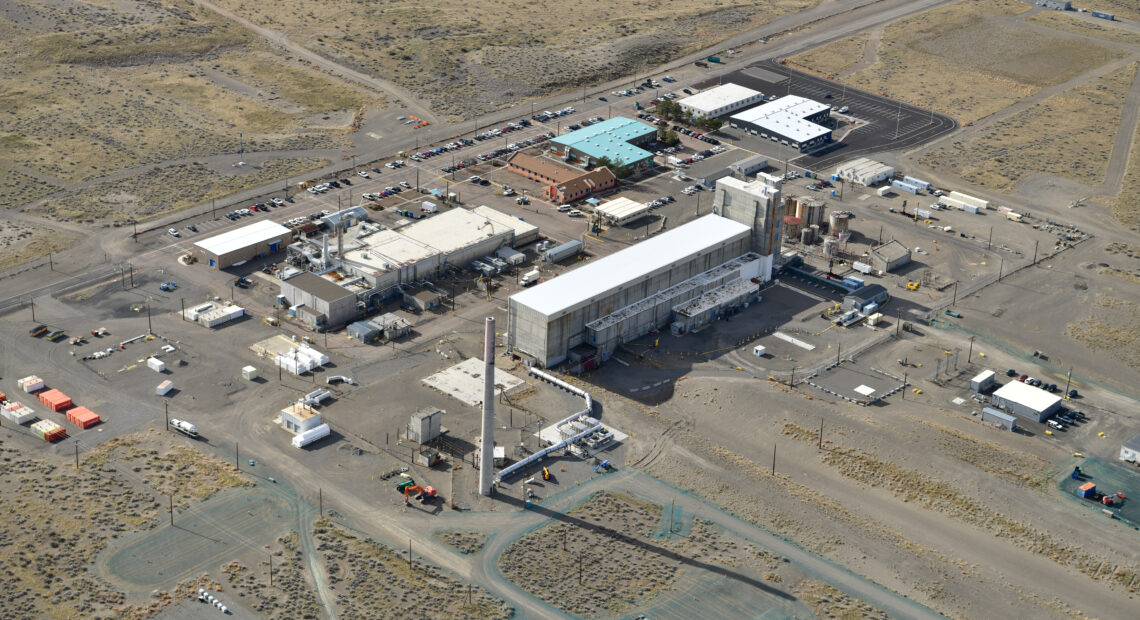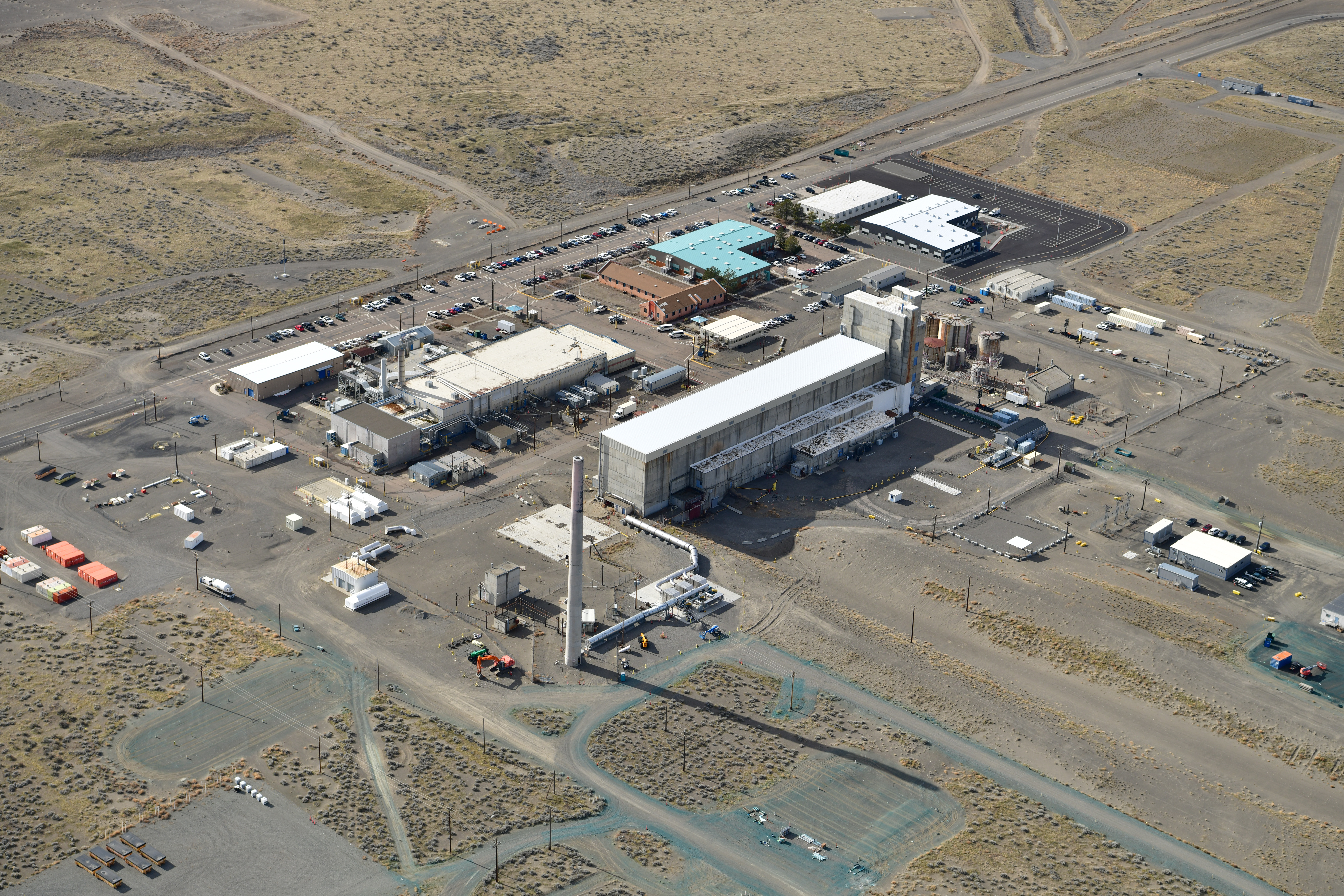
About 60 people evacuated when potentially explosive chemical found at Hanford site laboratory
Listen
(Runtime :56)
Read
A very hazardous chemical was found to be unstable at a Hanford site lab Tuesday afternoon causing dozens of people to be evacuated.
The Department of Energy said the chemical was isolated and then taken out of the lab by the Richland Bomb Squad. No injuries or exposures have been reported.
The chemical — called crotonaldehyde — had formed crystals on the vial and was inside another clear container. There was about 2 milliliters of the stuff, or about a thimble full.
When this chemical forms crystals, that’s an indication it has formed peroxides – which can explode. It is also flammable and very toxic to humans – if inhaled or if it gets on the skin.
Now, some experienced chemists and people responsible for chemical management are questioning how this vial came to contain crystals at a highly-regulated government lab.
Judi Johannesen, of Richland, is a retired chemical management technician from Battelle, which operates the Pacific Northwest National Laboratory in Richland. Her group would handle about 300 new chemicals a month into the lab, she said. She explained it takes time for crystals to form and the chemicals should be inspected regularly with a lot of oversight.
“I’d be concerned about what was sitting next to it,” Johannesen said. “Is it reactive? Does it catch on fire? Is it toxic? You could have quite a bit of things going on by the time a chemical container breaks several other chemical containers in a cabinet.”
Having crystals form on the vial is an indication that it is extremely dangerous, other expert chemists said, and that crystals usually form over many months and years. The 222-S Laboratory is the main lab for testing highly radioactive samples for the whole Hanford site. The lab is located in Hanford’s 200 West Area. It’s a “70,000-square-foot full-service analytical facility that handles highly radioactive samples for purposes of organic, inorganic, and radio-chemistry analysis. The laboratory contains 11 hot cells, which enables it to remotely handle highly radioactive samples of tank waste while minimizing radiation dose to workers,” the Department of Energy said on its website.
Charles Soderquist is a retired senior scientist and chemist from Pacific Northwest National Laboratory. He, too, said the vial likely had formed crystals over time and that means it was potentially explosive.
“Typically, compounds that can form peroxides are on a schedule every six months or every year, or some interval,” he said. “You’re required to go in and test it with a test strip that tells you it doesn’t have peroxides and then you can sign off that check, sign off on that bottle and put it back on the shelf and if this one wasn’t in the inventory and didn’t get checked it could sit there for a long time and has a big risk.”
It could become a ball of hot flames if disturbed, he said.
The U.S. Department of Energy contractor, Hanford Laboratory Management and Integration, has the sole responsibility for operating, managing and maintaining the 222-S Lab. There, tests are performed on a wide variety of air, liquid, soil, sludge and biological samples.
From the Department of Energy’s website and fact-sheet: “The laboratory studies the physical and chemical characteristics of waste to support retrieving waste from Hanford’s large underground tanks, provides data to support tank closure requirements, and supports the Vadose Zone Program, which tests for potential threats to groundwater.”
Washington’s Department of Ecology that looks over the lab for the state said:
“The Washington Department of Ecology was notified of this incident yesterday. We have direct oversight of the 222-S laboratory since the lab generates mixed and dangerous waste and is permitted under the Hanford Sitewide Permit. Our agency is conducting a compliance inspection of the 222-S Laboratory today that was already scheduled. We will be following up on this incident to understand and evaluate everything from generation to treatment and disposal of the crotonaldehyde waste.”
















